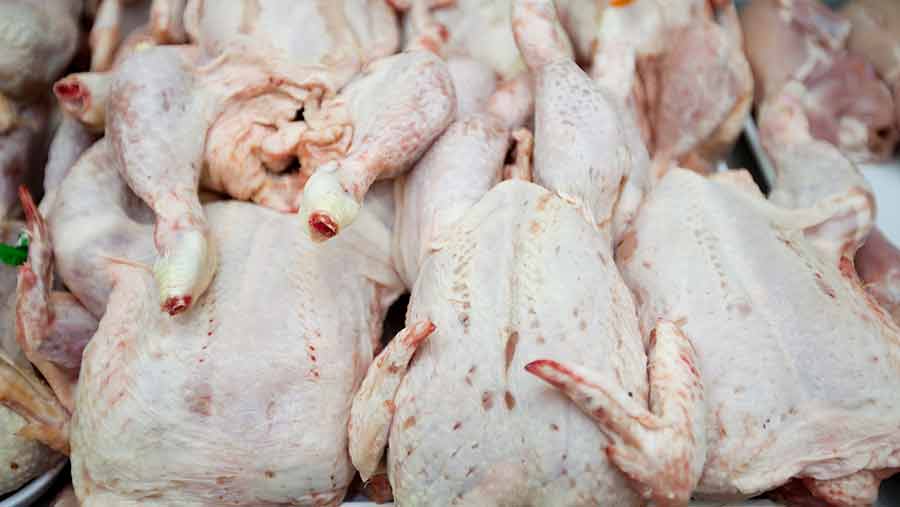Editor’s view: It’s no bad thing to reveal realities of farming
 © Moodboard/Adobe Stock
© Moodboard/Adobe Stock At some point, we’ve all heard “Mutton dressed as lamb” muttered by someone spiteful as they gaze at another person minding their own business.
Make-up and marketing both serve the same purpose – to ensure a person or product looks the best version of themselves.
When it is done right, it reveals what the product really is. When it goes wrong, it attempts to hide what lies beneath – and mostly fails. People aren’t stupid.
See also: Editor’s view: Levy board critics have job as tough as AHDB
Last week we saluted our industry at the Farmers Weekly Awards.
It’s an upbeat celebration of the whole sector, as well as the individuals who took home awards, and provides a vital rebalance to the more sober stories that are also part of our industry.
Craig and Claire Grant took home our most prestigious award – Farmer of the Year – for many reasons, but one of them was that they exemplified that spirit of marketing in the best sense.
They have built a fantastic business on the back of welcoming in the consumer and the supply chain.
In this spirit, for their Awards photoshoot, they even asked the photographer into the chicken shed to picture them with their layers, some of which were – as it was late in their production cycle – suffering feather loss.
The Grants are exceptional farmers who have passed every animal welfare audit and inspection going – and guess what, even a business as good as theirs isn’t perfect. No business is.
Yet instead of expressing solidarity with them, plenty on social media took it upon themselves to throw their hands up in horror at this picture of the reality of food production – one that every poultry producer in the land has battled at some point.
This furore encapsulates the dilemma that we have allowed our industry to be pushed into: The consumer incentivises us at the till to produce food in a way that we think they are unwilling to look at.
But I happen to think most are cleverer than we give them credit.
Let me be clear: This is a million miles from the rightful exposure of businesses that wilfully fall below the standards that are imposed on them and commit preventable cruelty that must be punished severely.
But if even good farmers are only happy to share airbrushed pictures of a fictional, perfect farm, we shouldn’t be surprised when minimum welfare standards keep being ratcheted up to meet this impossible ideal.
Then, of course, the consumer either feels duped that the marketing didn’t match the reality, or switches to a cheaper import, or both.
We run on endlessly about building bridges with our consumers to make them understand the reality of farming. Well, we cannot pick which reality to show them.
Let me give another example. I bet some folk were horrified when a dairy hoof-trimmer started going viral on social media last year with his candid insights into how he treats ulcers and other maladies.
He showed pus and manure on a dairy farm, yet the world didn’t end.
Instead, sensible-minded folk were fascinated to see this skillful bovine podiatrist ply his trade and rather than be outraged that sometimes cows get lame, they are comforted that farmers throw money at professionals to remedy it as soon as possible.
Cows get lame. Sheep get itchy. Even crops get diseases. Farmers work night and day to put these things right. If we can’t even look the consumer in the eye and tell them that, it’s not feathers we’re in danger of losing, it’s courage.

